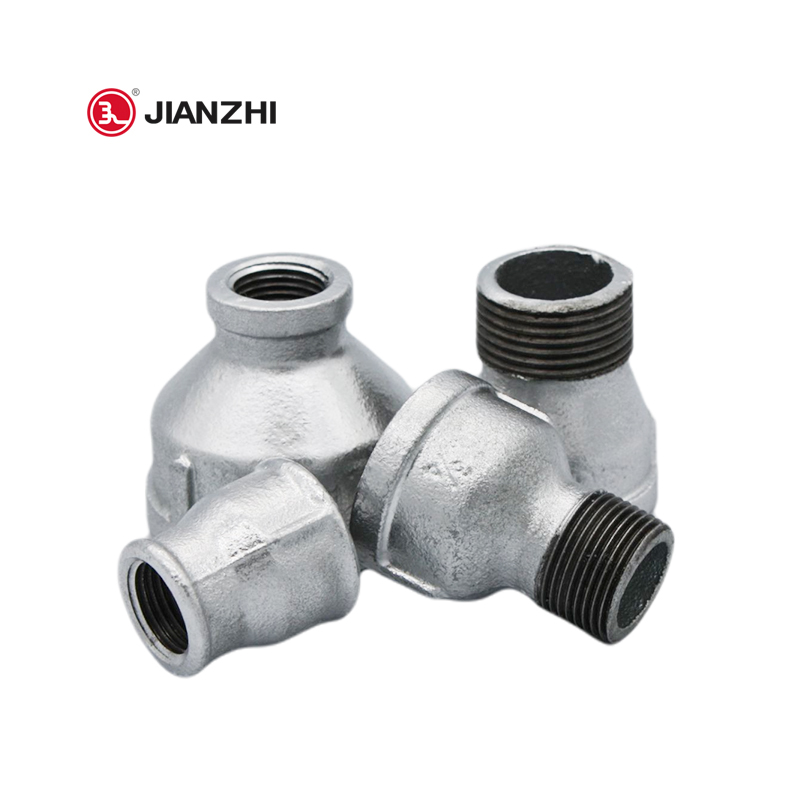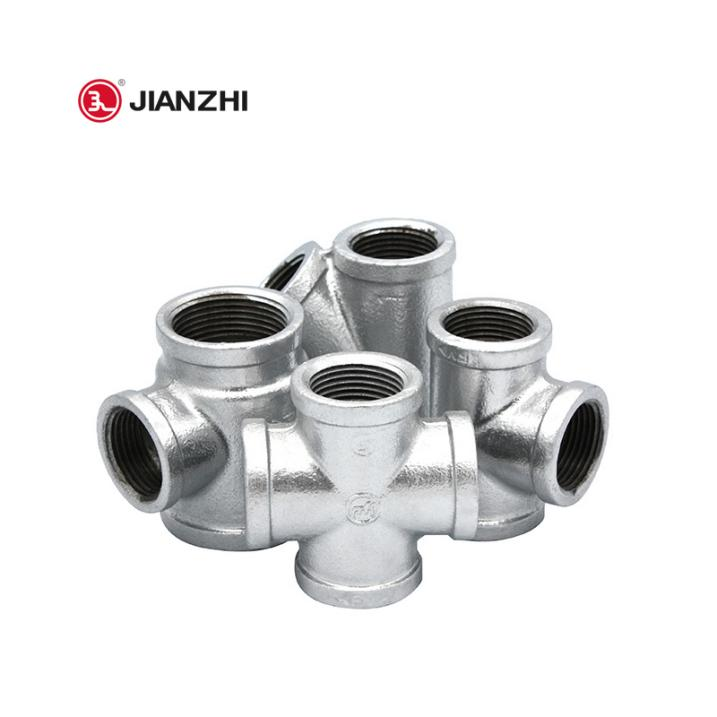Mar. 24, 2025
● Appearance and Quality Inspection: The 'Appearance and Quality Inspection' is a crucial step in the 'Preparation before installation'. It sets the foundation for the entire installation process. Before installation, carefully check whether there are scratches, peeling or local rust on the surface of the pipe fittings (no cracks, shrinkage holes or other defects).
● Cleaning: Use a mild detergent and a soft brush to remove oil, dust and rust on the surface thoroughly. If necessary, use a neutral detergent or weak alkaline solution to ensure that the pipe fittings are clean before proceeding to the next step.
● Measurement and Positioning: According to the engineering drawings, accurately measure the size and installation position of the pipe fittings. Mark the installation point to ensure that the subsequent connection position is accurate. The cut needs to be polished smooth to remove burrs and oxide layers.

Depending on different pipeline systems and working environments, there are two main connection methods for galvanized pipe fittings: threaded connection and welding:
● Threaded connection
① Pretreatment of threads: Ensure that the threaded part of the pipe fitting is free of oil and oxides. You can use a special thread cleaner or clean it after slight grinding. To improve the sealing performance, use hemp silk plus white lead oil or polytetrafluoroethylene raw tape to seal the threads, with 2-3 threads exposed.
② Butt and tighten: After aligning the threaded pipe fittings, tighten them by hand first, and then use a wrench to apply force evenly to avoid leakage at the interface due to uneven tightening.
③ Check the sealing performance: After installation, test the pipe connection with water or air to ensure that there is no leakage.
● Welding connection
① Surface treatment:Before welding, the connection parts need to be cleaned to remove the galvanized layer and impurities; the commonly used methods are mechanical grinding or chemical removal. After removing part of the coating, the welding area can be re-galvanized or coated with a rust inhibitor to prevent subsequent corrosion.
② Welding operation:Choose a suitable welding method (such as arc welding, TIG welding, etc.) according to the material thickness and usage requirements. Pay attention to ventilation during welding and wear protective equipment to avoid harmful gases generated at high temperatures to the human body.
③ Post-finishing:After welding, grind and clean the weld, and apply anti-corrosion paint if necessary to ensure that the weld area has a good protective effect as a whole.
● Avoid mechanical damage: During installation, try to avoid excessive force or use rough tools to avoid damaging the coating.
● Ambient temperature and humidity: During installation, keep the environment dry to avoid water vapor from contacting the surface of the pipe for a long time.
● Installation precautions: 'Professional tools and personnel' are highly recommended to ensure that the operation meets the process requirements.
The service life of galvanized pipe fittings depends on the quality, thickness and use environment of the coating. Generally speaking:
● Indoor environment: Under dry and mild conditions, the anti-corrosion protection of galvanized pipe fittings can last for 40 to 50 years;
● Outdoor or coastal environment: Affected by salt, acid rain, etc., the life span may be shortened to 20 to 30 years.
● Coating quality and thickness: Uniform and dense coating can provide better sacrificial protection and extend the life span. The too thin or uneven coating will cause local corrosion.
● Environmental conditions: Environmental conditions play a significant role in the service life of galvanized pipe fittings. High humidity, high salt, and a high acid environment will accelerate the corrosion of the coating. Industrial waste gas, acid rain, etc., may shorten the life of pipe fittings. Being aware of these factors will help you take necessary precautions and be cautious in such environments.
● Installation and use: Improper installation (such as loose threaded connection) or frequent mechanical wear will affect the integrity of the coating. Improper welding operation may damage the local coating and cause early corrosion.
In order to extend the service life of galvanized pipe fittings, the following are detailed maintenance and maintenance measures:
● Visual inspection: Perform an appearance inspection on the pipe fittings every 6 to 12 months, focusing on checking whether there is any shedding, erosion or rust at the joints, elbows and stress-bearing parts.
● Seal detection: Perform a seal test on the joints to ensure that there is no leakage. If any abnormality is found, it should be handled in time.

● Regular cleaning: It is recommended to use a soft brush and neutral detergent to clean the pipe fittings every year or every two years to remove dust and pollutants. For outdoor pipes, it is recommended to use a low-pressure water gun to flush to avoid high-pressure directly impacting the coating.
● Anti-corrosion coating: Transparent anti-corrosion coating can be applied regularly to corrosion-prone parts to enhance the protective effect. For areas with local wear or damage, local re-galvanizing or anti-rust paint can be used for repair.
● Local repair: For pipe fittings with slight peeling or local rust, it is recommended to use special rust inhibitors for local repair in time to prevent corrosion from spreading. For welding parts, secondary protection treatment can be carried out, such as hot-dip galvanizing or coating with anti-corrosion paint.
● Environmental protection measures: Keep the environment around the pipeline dry and try to avoid long-term exposure of pipe fittings to water or contact with chemical corrosives. Set up appropriate protective facilities in the installation area to reduce accidental collisions and mechanical wear.
Galvanized pipe fittings are an anti-corrosion product widely used in construction and industrial pipeline systems. The installation quality and subsequent maintenance are directly related to the stability and safety of the system. The following suggestions can significantly extend the service life of galvanized pipe fittings:
1. Strictly follow the standard process of pretreatment, installation, and inspection to ensure that each step meets the process requirements;
2. Regular inspection and cleaning are the key to preventing corrosion. It is recommended to establish a complete maintenance record;
3. Take additional anti-corrosion measures for high-risk areas, such as anti-corrosion coatings and local repairs;
4. Adjust the maintenance cycle and methods according to actual environmental conditions (indoor, coastal, industrial areas, etc.).
Through scientific and standardized installation and regular maintenance, galvanized pipe fittings can not only play their economical and efficient anti-corrosion role but also ensure the long-term stable operation of the pipeline system, providing safe and reliable protection for enterprises and families.
SAFER
PRODUCT INFO
ABOUT JIANZHI
TECH DATA
Contact Us
E-mail: sales1@jianzhi-fitting.com
Tel: +86 18698027872
Office In Tianjin:
Heping District, Tianjin, China.
Production Base 1:
Chifeng, Inner Mongolia, China.
Production Base 2:
Tangshan City, Hebei Province, China.
Production Base 3:
Schelei Street,Baicoi City,Prahova County,Romania
Service email: info.ro@jianzhi-fitting.com
Sales email: market.ro@jianzhi-fitting.com
Tel: +40(755)011 849
